Table of Contents
- whats up: CHERNOBYL :: April 26 = 29 years :: see recent articles in ...
- Chernobyl is officially becoming a tourist attraction | Condé Nast ...
- 10 Shocking Facts About The Chernobyl Disaster
- 10 Shocking Facts About The Chernobyl Disaster
- Deadly Chernobyl Disaster 25 Years Ago to Present (110 pics) - Izismile.com
- Chernobyl Today Pictures - Nearly Three Decades Later The Chernobyl ...
- Why The First Victim Of The Chernobyl Disaster Could Never Be Recovered
- 10 Shocking Facts About The Chernobyl Disaster
- The Chernobyl Nuclear Disaster - Paradigm Shift
- Chernobyl Nuclear Disaster

The Chernobyl accident, which occurred on April 26, 1986, is considered one of the most devastating nuclear disasters in history. The catastrophic event, which took place at the Chernobyl Nuclear Power Plant in Ukraine, released massive amounts of radioactive materials into the environment, affecting millions of people and causing widespread damage to the surrounding area. In this article, we will delve into the details of the accident, its causes, and its aftermath, as well as the efforts made by the World Nuclear Association to prevent such disasters in the future.
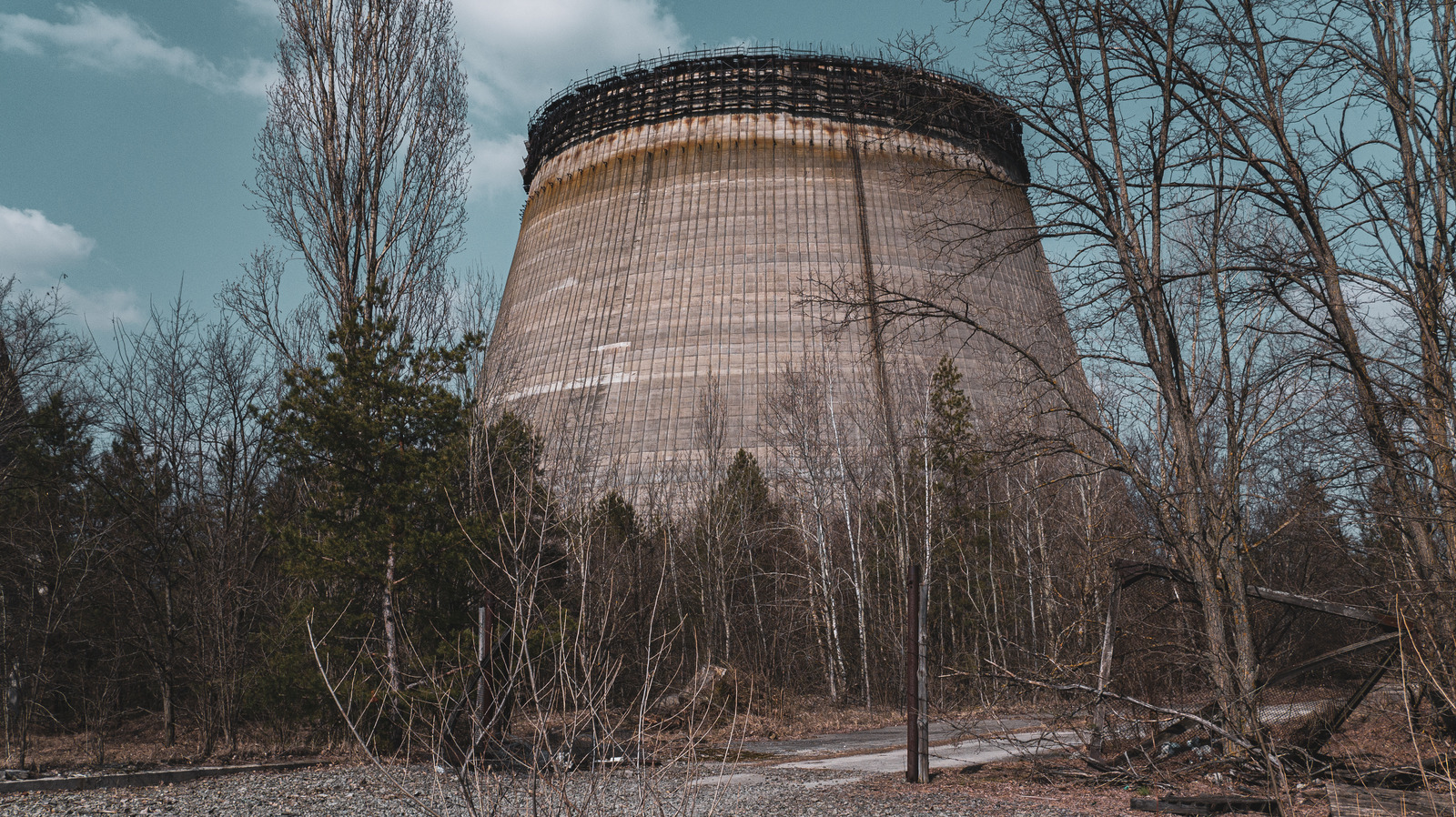

What Happened at Chernobyl?
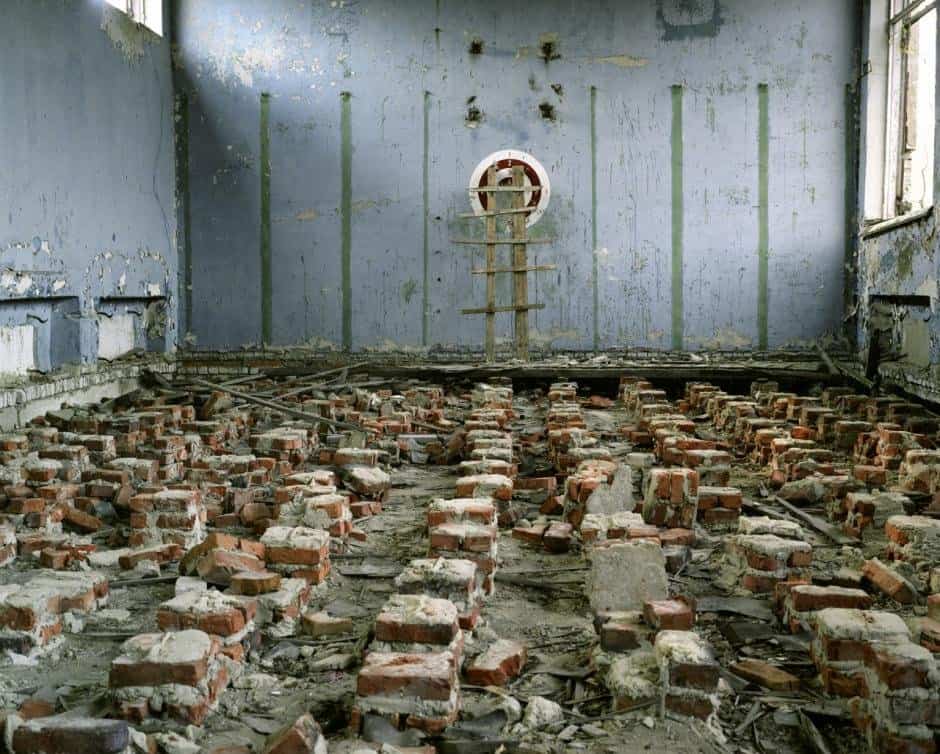
The Chernobyl accident occurred during a safety test on one of the plant's four reactors. The test aimed to determine how long the turbines would keep spinning and generating electricity in the event of a loss of power to the main cooling pumps. However, the test was poorly designed and inadequately supervised, leading to an uncontrolled power surge that caused a steam explosion, rupturing the reactor vessel and releasing massive amounts of radioactive materials into the atmosphere.
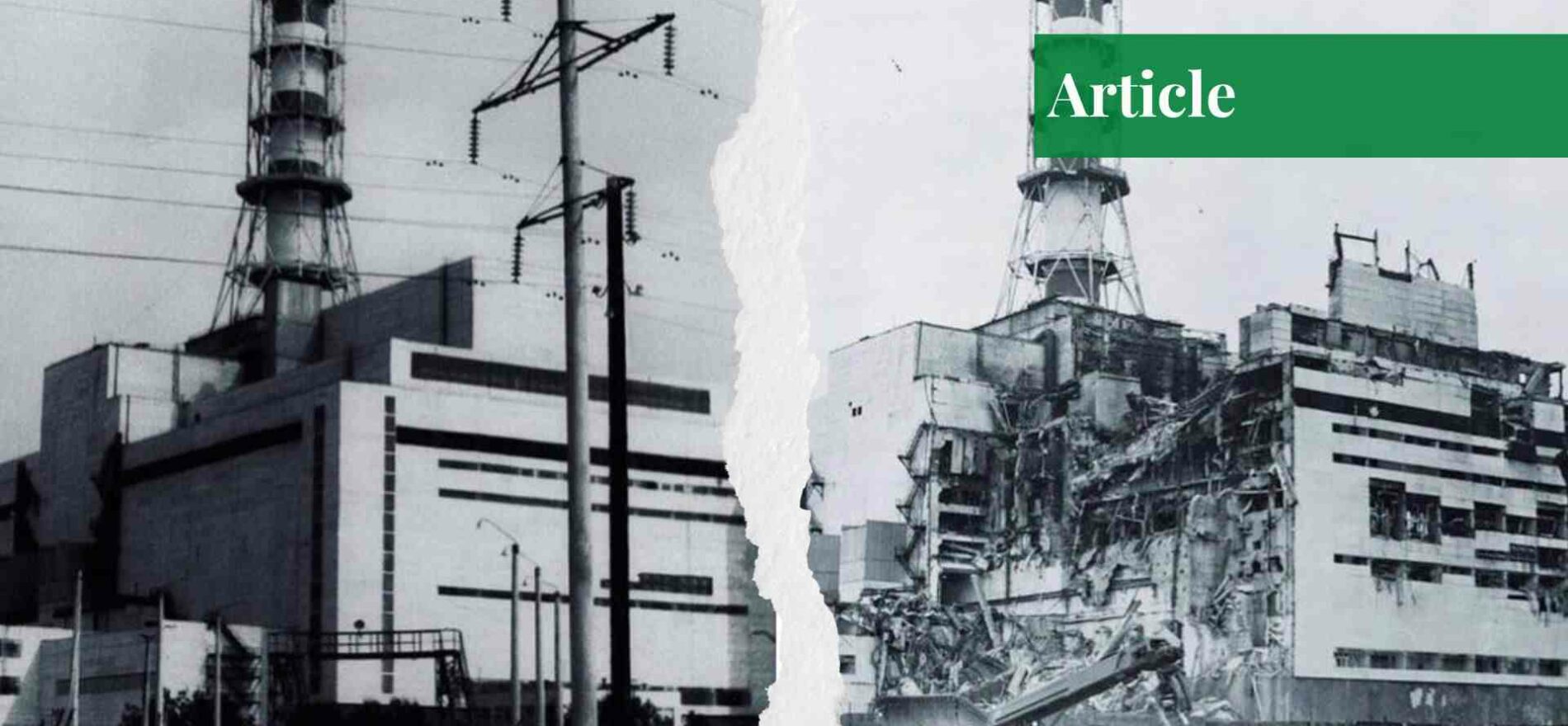

Causes of the Accident

The Chernobyl disaster was the result of a combination of human error, design flaws, and safety violations. The safety test was conducted without proper safety procedures, and the reactor's power regulation system was inadequate. Additionally, the reactor's design was flawed, with a positive void coefficient of reactivity, which meant that the reactor's power output increased when coolant was lost, leading to a self-sustaining power surge.
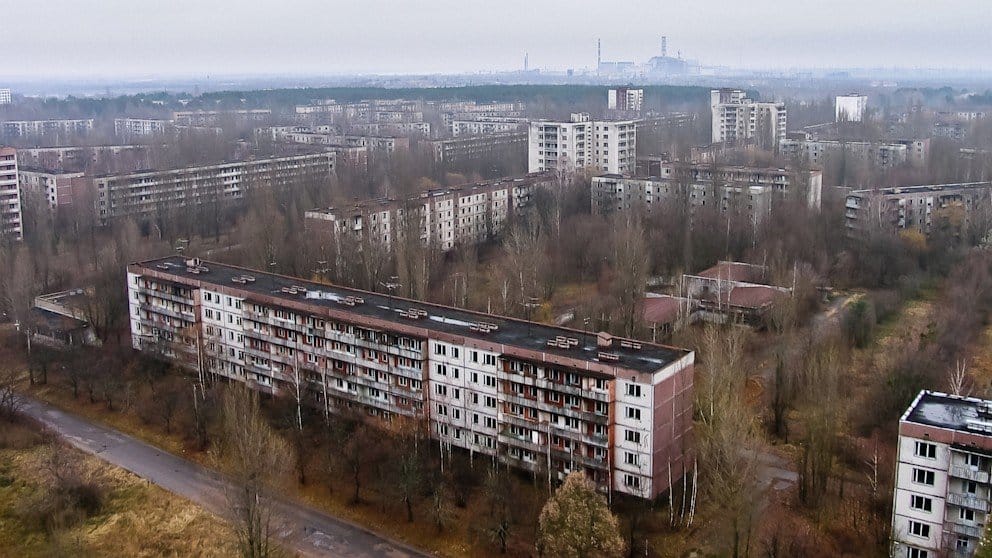
Aftermath of the Accident
The immediate effects of the accident were devastating. Twenty-eight people died in the explosion and fire, and many more died in the following months and years from radiation exposure. The nearby city of Pripyat was evacuated, and a 30-kilometer radius around the plant was designated as an exclusion zone. The accident also had significant environmental and economic impacts, with radioactive fallout affecting large areas of Europe and the Soviet Union.

World Nuclear Association's Response
The World Nuclear Association, a global organization that promotes the safe and efficient use of nuclear energy, played a crucial role in responding to the Chernobyl disaster. The organization worked closely with international authorities to provide technical assistance and support to the affected areas. The World Nuclear Association also conducted extensive research and analysis to identify the causes of the accident and develop recommendations for improving nuclear safety.
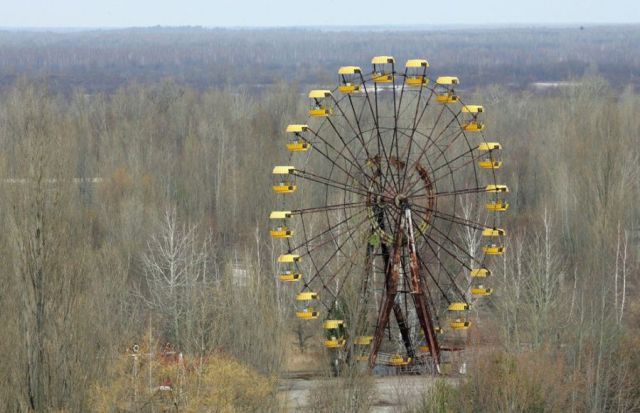
Lessons Learned and Improvements Made
The Chernobyl disaster led to significant improvements in nuclear safety worldwide. The World Nuclear Association and other international organizations developed new safety standards and guidelines, and the nuclear industry implemented numerous safety upgrades and modifications to prevent similar accidents. The accident also highlighted the importance of transparency, communication, and international cooperation in ensuring nuclear safety.
In conclusion, the Chernobyl disaster was a catastrophic event that had far-reaching consequences for the environment, human health, and the nuclear industry. The World Nuclear Association played a vital role in responding to the accident and promoting improvements in nuclear safety. As the world continues to rely on nuclear energy as a source of clean and efficient power, it is essential to remember the lessons of Chernobyl and strive for excellence in nuclear safety and security.
Key Takeaways:
- The Chernobyl accident was a devastating nuclear disaster that occurred on April 26, 1986.
- The accident was caused by a combination of human error, design flaws, and safety violations.
- The World Nuclear Association played a crucial role in responding to the accident and promoting improvements in nuclear safety.
- The accident led to significant improvements in nuclear safety worldwide, including new safety standards and guidelines.
References:
- World Nuclear Association. (2022). Chernobyl Accident 1986.
- International Atomic Energy Agency. (2022). Chernobyl: Assessment of Radiological and Health Impact.